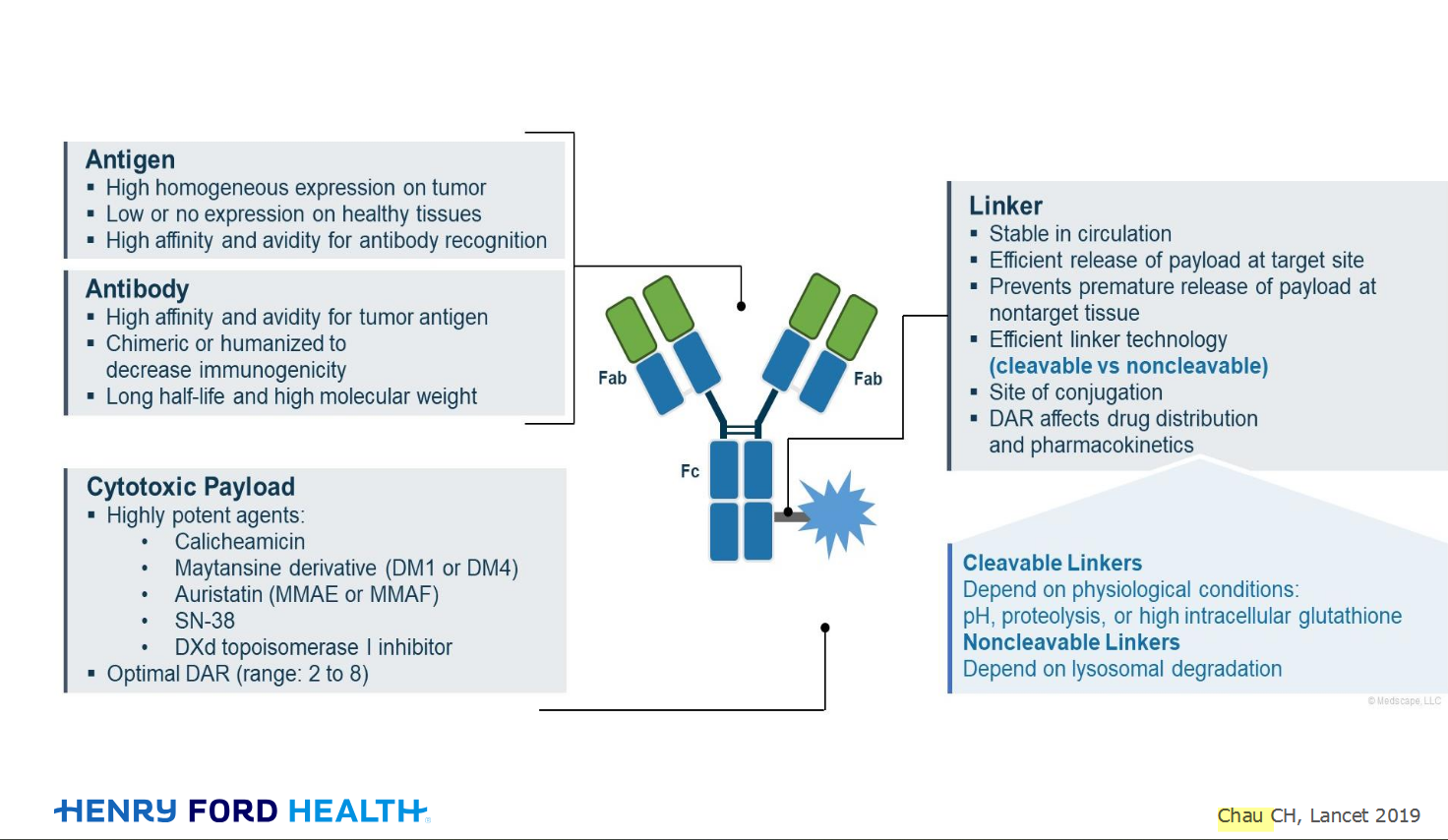Welcome!
Welcome to the new CancerGRACE.org! Explore our fresh look and improved features—take a quick tour to see what’s new.
 We are pleased to continue this series of informational videos for our Spanish speaking community. GRACE is pleased to welcome Dr. Rafael Santana-Davila, Assistant Professor with the University of Washington School of Medicine and Seattle Cancer Care Alliance. In this 43rd video for the Spanish lung cancer video library, Dr. Santana-Davila joined GRACE to discuss the treatment of early stage non-small cell lung cancer.
We are pleased to continue this series of informational videos for our Spanish speaking community. GRACE is pleased to welcome Dr. Rafael Santana-Davila, Assistant Professor with the University of Washington School of Medicine and Seattle Cancer Care Alliance. In this 43rd video for the Spanish lung cancer video library, Dr. Santana-Davila joined GRACE to discuss the treatment of early stage non-small cell lung cancer.
Tratamiento de Cancer de Células no Pequeñas Cuando Están en un Estadio Temprano
Treatment of Early Stage Non-small Cell Lung Cancer
Spanish TRANSCRIPT
El cancer de pulmón cuando se encuentra en estadio I o II, el mejor tratamiento es cirugía tratando de quitar el cancer. En la mayoría de las veces, lo que se hace es llevar el paciente a cirugía, quitar el cancer de donde está quitando todo el lóbulo del pulmón y muchos de los ganglios de alrededor. Si los ganglios no están involucrados, el tratamiento es quirúrgico sin ninguno otro tratamiento adicional. Si los ganglios están involucrados, se dará también quimioterapia adyuvante después de la cirugía para erradicar pequeñas células que estén en otros lados del cuerpo. El objetivo del tratamiento es tratar de curar al paciente.
El problema de muchos pacientes es que la cirugía puede ser muy peligrosa porque el pulmón de estos pacientes no es sano y quitar un lóbulo de un pulmón pude ser muy dañino. En estos casos, también se puede tratar con una radiación local.
English TRANSCRIPT
When the lung cancer is in stage one or two, the best treatment is surgery to try to remove the cancer. In most cases, the patient goes into surgery where they eliminate the cancer by removing the lobe of the lung and some of the lymph nodes nearby. If the lymph nodes are not involved, the treatment is only surgical. However, if the lymph nodes are involved, after the surgery the patient has to take adjuvant chemotherapy to eradicate small cells that are in other parts of the body. The main goal is to try to cure the patient.
The problem in some patients is that surgery can be very dangerous because the lung in these patients is not a healthy lung, so by removing its lobe can be quite harmful. In these cases, the treatment can be just local radiation.
Please feel free to offer comments and raise questions in our
discussion forums.
Hi app.92, Welcome to Grace. I'm sorry this is late getting to you. And more sorry your mum is going through this. It's possible this isn't a pancoast tumor even though...
A Brief Tornado. I love the analogy Dr. Antonoff gave us to describe her presentation. I felt it earlier too and am looking forward to going back for deeper dive.
Dr. Singhi's reprise on appropriate treatment, "Right patient, right time, right team".
While Dr. Ryckman described radiation oncology as "the perfect blend of nerd skills and empathy".
I hope any...
My understanding of ADCs is very basic. I plan to study Dr. Rous’ discussion to broaden that understanding.

Here's the webinar on YouTube. It begins with the agenda. Note the link is a playlist, which will be populated with shorts from the webinar on specific topics
An antibody–drug conjugate (ADC) works a bit like a Trojan horse. It has three main components:

Welcome to the new CancerGRACE.org! Explore our fresh look and improved features—take a quick tour to see what’s new.